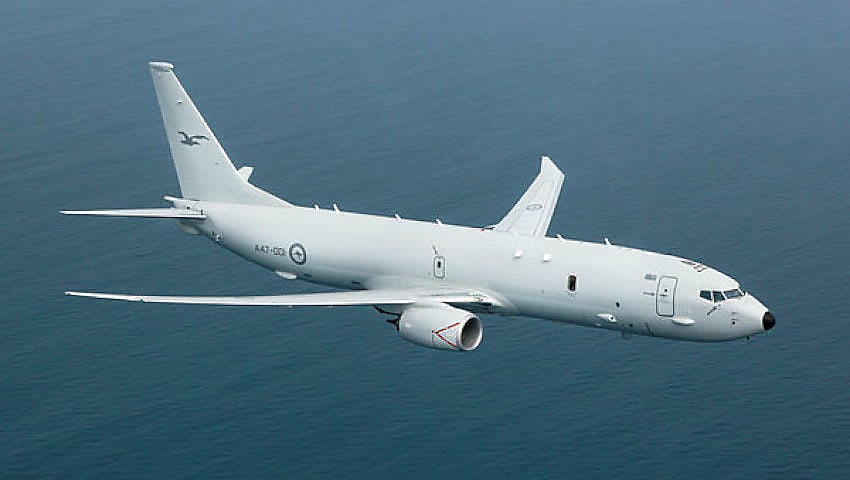Australia is deploying a P-8A Poseidon maritime patrol aircraft to Japan to conduct maritime surveillance in support of the international effort to enforce sanctions imposed by the United Nations Security Council against North Korea.
To continue reading the rest of this article, please log in.
Create free account to get unlimited news articles and more!
Defence is deploying a P-8A Poseidon maritime patrol aircraft to Japan, from where it will conduct maritime surveillance operations to support the international effort to enforce sanctions imposed by the United Nations Security Council against North Korea.
In a media release, Defence Minister Linda Reynolds said, “This deployment is a demonstration of our enduring commitment to regional security and stability on the Korean Peninsula. Australian Defence Force personnel will work alongside their partners to monitor and deter ship-to-ship transfers of sanctioned goods.”
Along with Australia’s international partners, Australia continues to maintain pressure on North Korea until it takes concrete, verifiable and irreversible steps towards denuclearisation.
Since 2018, Australia has contributed to international efforts to deter and disrupt illicit trade and sanction-evasion activities by North Korea and its associated networks.
The P-8A Poseidon is designed for long-range anti-submarine warfare, anti-surface warfare, and intelligence, surveillance and reconnaissance missions. It is capable of broad-area maritime and littoral operations. It is also effective for humanitarian and search and rescue missions.
The aircraft has advanced sensors and mission systems, including a state-of-the-art multi-role radar, high-definition cameras, and an acoustic system with four times the processing capacity of the AP-3C Orions.
The P-8A is built specifically as a military aircraft. It is based on the proven commercial designs of Boeing’s 737-800 fuselage, but has been substantially modified to include:
- A weapons bay;
- Under wing and under fuselage hard points for weapons; and
- Increased strengthening for low level (down to 200 feet) operations and high angle turns.
A derivative of the 737-800 Next Generation, the P-8 combines superior performance and reliability with an advanced mission system that ensures maximum interoperability in the future battlespace.
The P-8A aircraft has an extensive communications system, including radios and data links across VHF, UHF, HF and SATCOM. An internal fuel capacity of almost 34 tonnes allows the P-8A to conduct low-level anti-submarine warfare missions at a distance of greater than 2,000 kilometres from base. The P-8A will be compatible for air-to-air refuelling with the KC-30A MRTT.
Australia has committed to purchasing 12 P-8A Poseidon aircraft, which will replace the ageing fleet of P-3C Orion aircraft. Australia’s first aircraft arrived in Canberra on 16 November 2016, with the remaining 11 aircraft to be delivered by March 2020. IOC for the first eight P-8As is scheduled for the period 2017-2020.
The deployment of the P-8A Poseidon maritime patrol aircraft is the fifth to occur since April 2018. A Royal Australian Navy frigate is expected to participate in the operation later this year, following HMAS Melbourne’s contribution in October 2018 and April 2019.

 Login
Login







